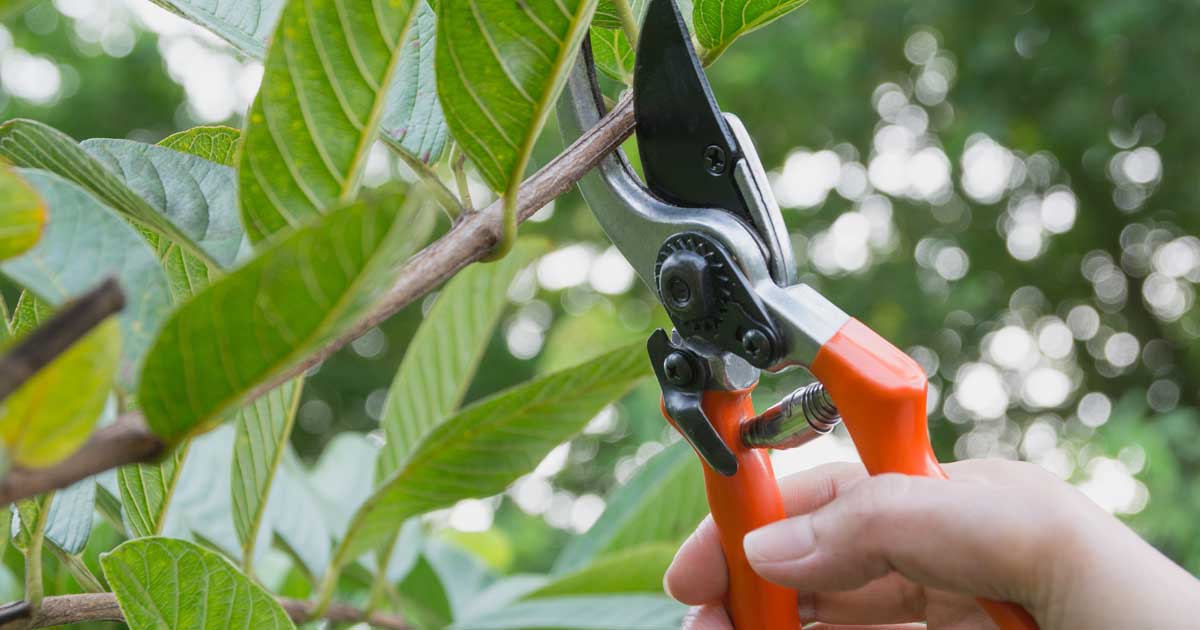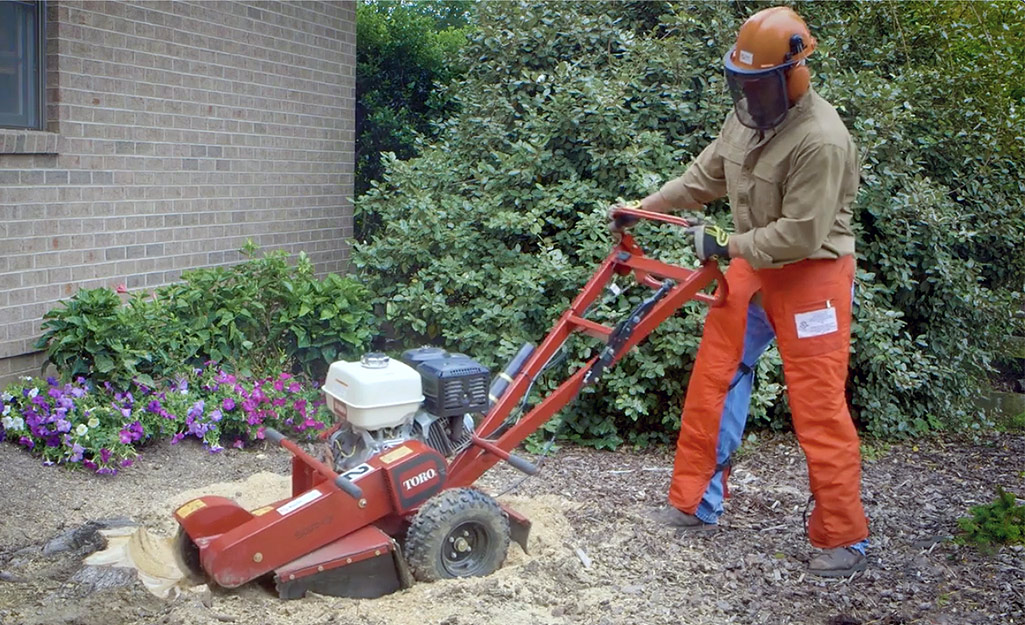Understanding Pruning and its Benefits
Owning a garden can be a great supply of joy, but it takes time
and effort to keep it healthy and thriving. Pruning is an essential
facet of maintaining a lovely and healthy garden. It is the method of
selectively removing branches and stems from plants to encourage healthy
growth and improve their appearance. Pruning can seem intimidating, but
with the right knowledge and tools, everyone can do it. This
information will give you a thorough overview of Pruning (Émondage) and
everything required to learn to help keep your garden healthy.

1. Exactly why is pruning important?
Pruning helps plants grow strong and healthy by eliminating dead or diseased branches that could damage the plant. By cutting back certain branches, you can even encourage new growth and enhance the plant's overall appearance. Pruning can also help prevent overcrowding, allowing more light and air to achieve the plant's interior, that may help reduce the risk of disease.
2. When in case you prune?
The timing of pruning varies depending on the form of plant. Generally speaking, winter is the best time for you to prune deciduous plants which are dormant. Pruning during this time period promotes new growth in the spring. But, if you should be pruning flowering shrubs or trees, wait until once they bloom, or perhaps you risk removing the buds which will produce the flowers. Pruning evergreens can be done whenever you want of the season, but the most effective time is usually in late winter or early spring, prior to the new growth starts.
3. How do you prune?
Before you begin pruning, it's essential to truly have the right tools, including pruning shears, loppers, handsaws, and hedge shears, with regards to the size of the plant. Ensure that your tools are sharp and clean to avoid any injury to the plant. When pruning, always make clean cuts at an angle to cut back the chance of disease or insect infestation. Start by detatching any dead or diseased branches, followed closely by any crossing or rubbing branches. Next, thin out any crowded or inward-growing branches. Lastly, shape the plant by cutting back the tips of the branches to your desired shape.
4. What in case you avoid when pruning?
Avoid over-pruning, that may harm the plant by preventing it from growing or producing flowers or fruit. Don't prune too near the trunk or main stem, which could result in a wound that can't heal. Don't remove significantly more than 25% of the plant previously, as it can stress the plant and reduce its power to grow. Also, avoid pruning during drought or summer, as it could cause further stress to the plant.

In Short:
Pruning can be quite a daunting task, but with the right knowledge and tools, it's never as intimidating as it seems. By following the proper techniques and timing, you are able to keep your garden healthy and beautiful. Make sure to prune for the health of the plant, not just for aesthetics. Keep in mind a well-pruned plant will reward you with better growth, fruits, and flowers. So proceed and put your pruning skills to work, and now you'll have a thriving, healthy garden!
check out the site at essouchagedulude.com/# to get the more info about Stump removal.
Comments
Post a Comment